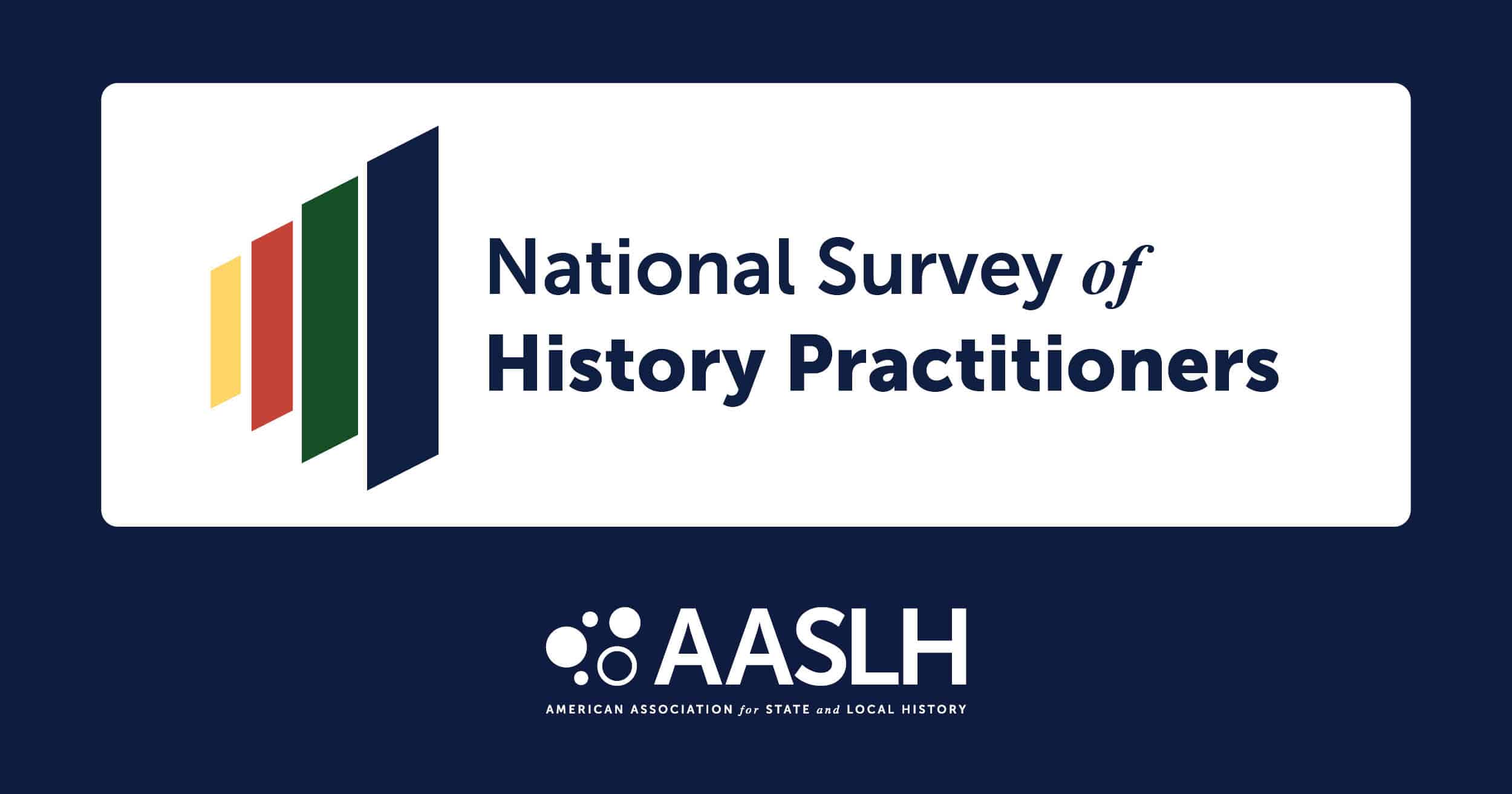Field trips have long served as the bread-and-butter of most education programs for history organizations of all stripes. And while we cannot do much to stem the pressures on schools/curriculum to “teach to the test,” we can offer offer a more engaging, learner-centered program for schools.
In this post from the blog The Historical Society: A Blog Devoted to History for the Academy and Beyond, Chris Beneke discusses a recent trip with his son’s fourth grade class to Lowell National Historical Park.
Beneke’s post shares his perspective as both a parent and historian and offers some food for thought for the Educator/Interpreter affinity community. An excerpt from his conclusion:
…[M]y day including some promising signs for the state of elementary history education: the kids aren’t just memorizing abstract facts, their learning is active, their activities generally engaging, and museums and schools have developed fruitful partnerships that actually deepen the students’ understanding of the past.
From what I could gather, these fourth graders had read and talked a good deal about textile manufacturing and the life of the young women and immigrants who worked in Lowell’s mills, while their indefatigable teacher had already given them a hands-on introduction to the beguiling mechanisms of the power loom. I’m talking about a Massachusetts public school here and the trip was booked and co-chaperoned by two smart and able suburban moms who help organize enrichment activities for the kids. So my experience could hardly be considered universal. But I suspect that it’s more common than not.
I encourage you read through Chris’s full post for some specifics on his experience and to consider them in light of your own field trip program. It offers some excellent food-for-thought.
Bob Beatty is Vice President for Programs at AASLH.




